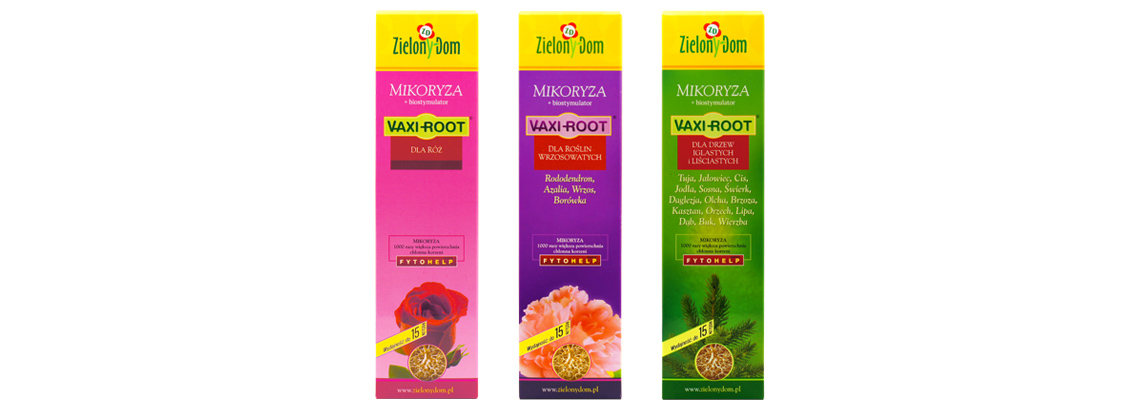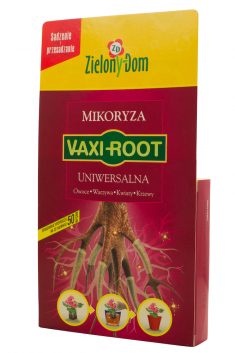

VAXI-ROOT mycorrhiza for coniferous and deciduous trees
Mycorrhizal mycelium for coniferous and deciduous plants.
DetailsVAXI-ROOT universal mycorrhiza
Universal mycorrhizal inoculant for fruit, vegetables, flowers and shrubs.
DetailsMycorrhiza VAXI-ROOT edible forest mushrooms
A collection of three types of edible mushrooms.
DetailsMycorrhiza is a beneficial relationship that forms between a type of fungi and the roots of plants. The word “mycorrhiza” comes from the Greek words “myco,” meaning fungus, and “rhiza,” meaning roots. In this relationship, the fungi live in and around the roots of the plant, forming a network of threads called hyphae. These hyphae can help the plant absorb nutrients and water from the soil, and can also protect the plant from certain diseases. In return, the plant provides the fungi with sugars that it produces through photosynthesis. This symbiotic relationship benefits both the plant and the fungi, allowing them to thrive in their environment.
Mycorrhiza occurs in more than 90% of known plant species, providing them with optimal conditions for growth and development.
What does mycorrhiza provide?
– Increases the absorptive surface area of the roots 1000 times
– Increased tolerance to stresses related to lack of water, temperature, improper soil pH
– Accelerates plant growth
– Protects against root diseases
– Improves the condition of plants
Fertilizers and plant care products since 1991.




